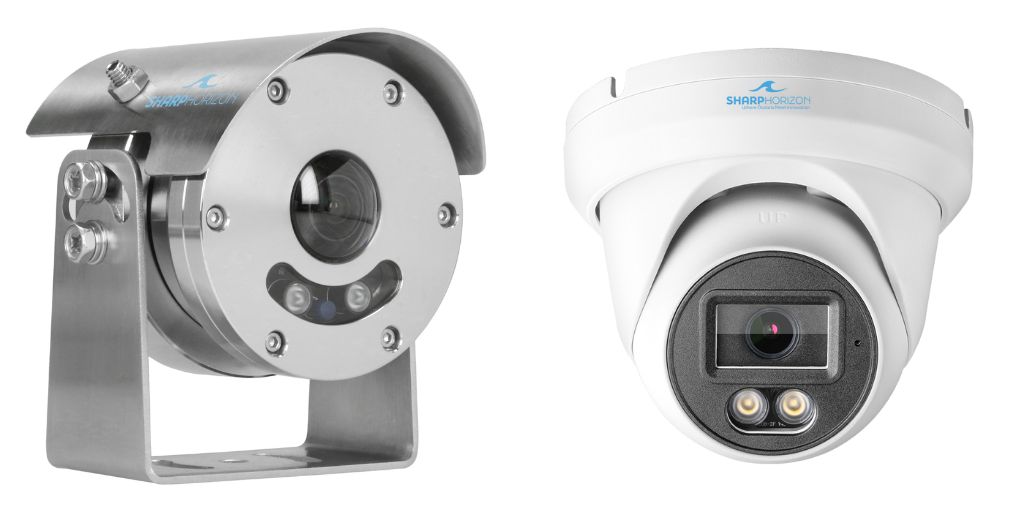Much has undoubtedly been written about maritime safety, but in light of events such as sexual violence, illegal smuggling, or the lack of oversight over crew and passengers, it is difficult to simply move on. When asked how to enhance safety levels and improve the comfort of those on board ships, there is one clear answer – Safer Seas Act. That is, a law signed on December 23, 2022, aimed at introducing strict requirements for monitoring and data management on commercial vessels.
Safer Seas Act, the Safety Act
The origins of the Safer Seas Act undoubtedly shook the maritime world. One of the cadets of the United States Merchant Marine Academy (USMMA), during the “Sea Year” training program aboard the vessel M/V Alliance Fairfax, owned by Maersk Line Limited, was raped by one of the engineers. The assault took place in 2019 and was brought to public attention by the victim in 2021. The woman’s courageous testimony initiated a broad debate on sexual violence in the maritime industry. Serious violations of labor rights and cases of sexual assault on commercial vessels came to light. The cadet’s bravery encouraged other women to share their experiences and highlighted the need for reforms in maritime safety.
In June 2022, the cadet revealed her identity – Hope Hicks – and filed a lawsuit against Maersk Line Limited, accusing the company of negligence in protecting cadets from sexual violence. In November 2022, a settlement was reached, the details of which remain confidential.
Hicks’ case led to the dismissal of several Maersk Line Limited employees and the implementation of training programs and procedures by the company to prevent similar incidents in the future. Her actions also contributed to the introduction of new standards for combating sexual violence in the maritime industry.
Key Provisions of the Safer Seas Act
Mandatory Video and Audio Monitoring
All commercial vessels with sleeping cabins for at least 10 people and voyages longer than 600 nautical miles must install a monitoring system.
Camera Location
Monitoring must cover corridors leading to cabins, and cameras must provide uninterrupted visibility of entrances to living quarters.
Monitoring Information
The vessel owner is required to place clear and highly visible signs informing the crew about the presence of audio and video monitoring systems on board.
Quality of Monitoring Equipment
The US Coast Guard recommends that monitoring effectiveness should not be limited to its mere presence but should also include high-quality equipment.
- Cameras should have appropriate resolution, frame rate, sensor quality, and lenses to enable the identification of individuals and their actions under all lighting conditions.
- The camera system must be installed to avoid blind spots, and where obstacles hinder recording, additional cameras should be added.
- Audio equipment must have high-quality microphones, sound sampling, and bit depth to recognize conversations in various acoustic conditions. Shipowners should consider using noise reduction technology in microphones.
Recording Retention Period
Regulations on recording retention are inconsistent:
- According to the Safer Seas Act (H.R. 6866), the minimum retention period is 150 days.
- The US Coast Guard guidelines (Policy Letter 23-05) indicate a period of 1 year in standard cases, and in the event of a sexual assault incident, data retention is required for 5 years.
Due to these discrepancies, Sharp Horizon recommends adopting a longer retention period to avoid compliance issues during inspections and ensure full adherence to applicable regulations.
Access to Video and Audio Recordings
- Access for Law Enforcement – The vessel owner must provide all recordings upon request by federal, state, or other authorities investigating a crime or maritime security violation.
- Access in Civil Cases – The vessel owner must provide a copy of the recordings to an individual or their legal representative if the material concerns them, is required in a civil proceeding, or may serve as evidence in a sexual harassment or assault case.
- Limited Access – Recordings cannot be used in labor disputes unless they serve as evidence in a civil or criminal case.
Safety and the Risk of Crime at Sea
Installing monitoring systems is not only a legal obligation but also a key preventive measure. An example is the incident involving two Polish Polsteam vessels, where in Brazil in 2024, over half a ton of cocaine and weapons were discovered on board. Monitoring could have enabled the early detection of suspicious activities and helped avoid financial and reputational losses.
Data Storage Challenges
Retaining recordings for at least a year requires the use of modern technologies such as NAS and RAID for data storage. The volume of generated video files poses a significant challenge for shipowners’ IT infrastructure, which in the near future may necessitate investment in cloud-based solutions. However, this is practically impossible due to the limited satellite connectivity on ships.
What Sharp Horizon Can Do for You
As a company specializing in the production and installation of shipboard cameras, we understand the importance of security and the continuous improvement of standards ensuring the safety of the entire crew. Utilizing the latest monitoring technologies, such as the highest image quality, wide field of view, and AI-based components, guarantees reliability while complying with current legal requirements.
Stainless steel marine camera produced by Sharp Horizon is an excellent choice for maritime environments where reliability and durability are a priority. Designed to withstand the harsh conditions on commercial vessels, cruise ships, and offshore platforms.
If you’re looking for the best solution for your vessel, contact us!

